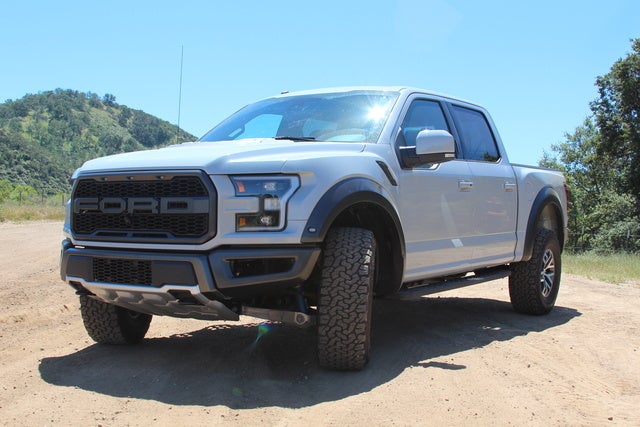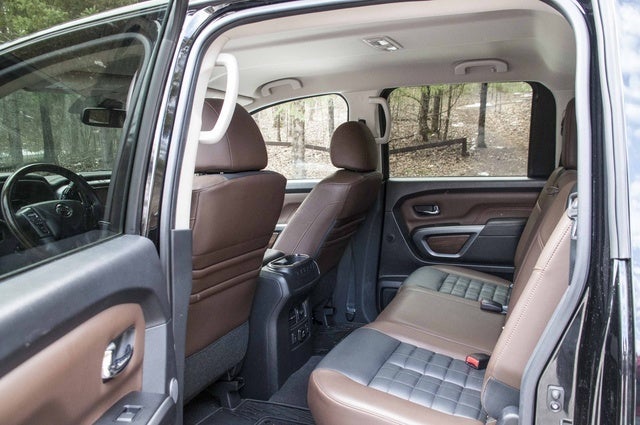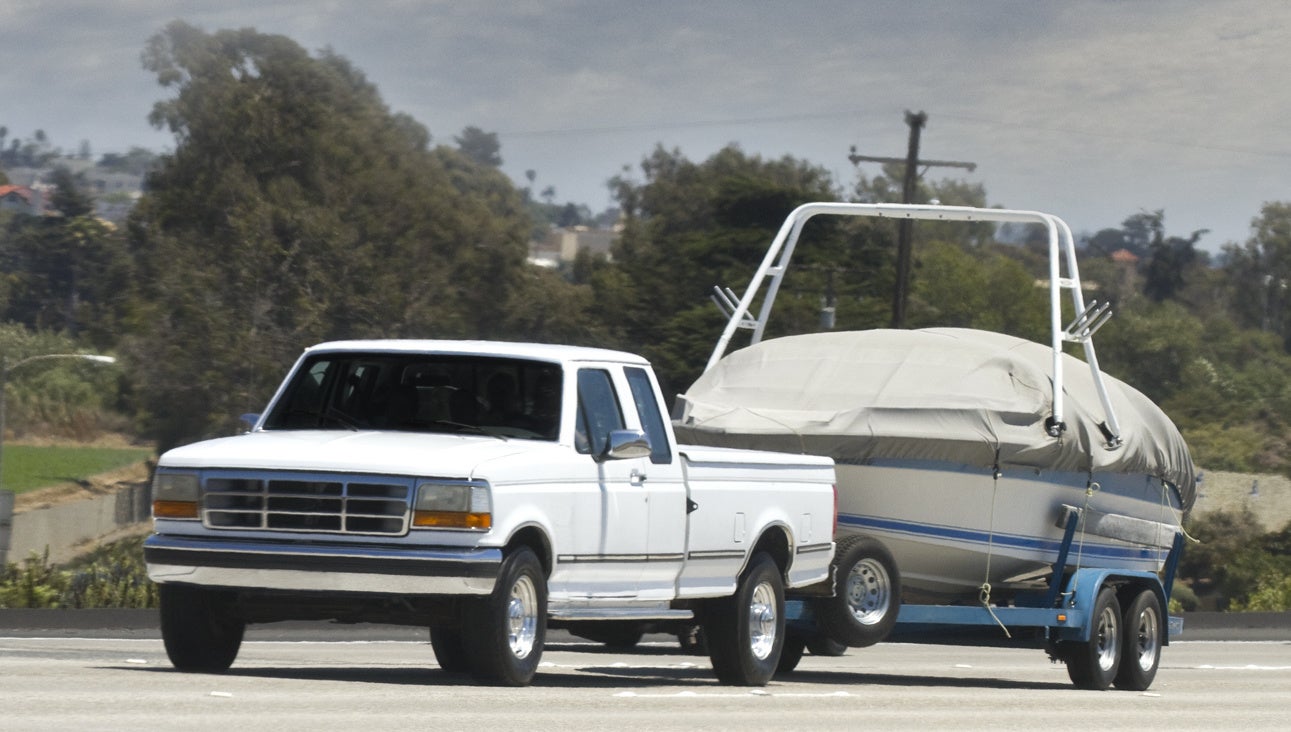Pickup trucks have long been on the short list of many U.S. buyers, and that doesn’t show any sign of changing soon. More families are choosing a pickup as their primary means of transportation, so here’s a look at some things to consider before shopping for yours.
Decide How Much Truck You Need

Pickups are available in a lot more configurations than cars, including two- and four-door versions with seating for anywhere from two to six passengers, different cab and bed lengths, trim levels ranging from utilitarian to luxury, a wide variety of towing and load capacities, and rear-wheel drive (RWD) or 4-wheel drive (4WD). Powertrain choices run the gamut from 6- or 8-cylinder gasoline engines to diesel powertrains with tractor-trailer like pulling grunt. Full-size models dominate the marketplace, but midsize pickups like the Chevrolet Colorado, the Honda Ridgeline, and the Toyota Tacoma are gaining favor with buyers.
Consider Cab Size

A basic, single-seat cab gives you the option of specifying a longer 8-foot bed for maximum cargo room with the least increase in overall length. If you need more interior room, an extended cab gives you the option of secure storage behind the front seats or small jump seats for occasional use. Families or others with a need to carry more passengers will want to consider a four-door cab, with room for up to six. These models have a full-size rear seat that typically folds to accommodate pieces of furniture or other bulky cargo best kept out of the weather. Manufacturers typically offer two sizes of four-door crew cabs, the larger with bigger doors and more legroom for adults. Domestic manufacturers offer different bed lengths regardless of what size cab you choose, typically ranging from 5 and a half to 8 feet.

Base full-size pickups come with 6-cylinder engines that provide adequate power for most all-around use and moderate towing or hauling, and Ford offers turbocharged V6 engines in the F-150, with horsepower and acceleration rivaling larger V8’s—which can be found in every full-size pickup (and most offer more than one). The Nissan Titan and RAM 1500 both offer diesel powertrains in their half-ton models, and more robust three-quarter-ton are all available with diesel power.
Spend time thinking about your needs before choosing a powertrain, and test-drive a couple different options before you decide. Buying more engine than you need will make a big difference in fuel costs over time, and you’ll be paying for it whether you’re hauling a load or not. You’ll also want to consider whether you want RWD or 4WD. Rear-drive pickups are notoriously bad in snow and ice, due to having relatively little weight over the drive wheels. Opting for 4WD can fix that, but at a cost in fuel economy regardless of weather.

Most pickups will be more than enough to tow recreational boats or trailers. For lighter loads, a basic towing package that includes a receiver hitch and wiring harness for plugging in a trailer may be all you need. For more serious towing, optional equipment can double towing capacity with more potent powertrains, cooling systems, brakes, suspensions, and other components. Larger loads may also require additional engine or transmission cooling capacity, a brake controller, and other more robust equipment, all of which can be had thanks to the long list of options offered with a new truck. Talk to your dealer about your needs to make sure your truck is matched to whatever you plan to pull.
It’s important to remember the obvious, especially if this is your first truck. Nowadays, shoppers can option a pickup truck to be as nice as a luxury sedan. But pickups are bigger and heavier than cars, and the driving experience is not the same. They don’t ride or handle as well as a sedan, and they are not as agile in corners or emergency situations. Trucks take longer to stop, are larger and more awkward to park, and may not fit in your garage or parking spot. A truck like the Chevrolet Silverado is extremely capable, but also likely to burn more fuel than a car, even with efficiency improvements in recent years. Car washes, tolls, and parking garages often cost more for trucks. None of these issues may be a deal breaker, but it’s all important to keep in mind as part of the ownership experience. Finally, truck safety has improved along with fuel economy, but pickups still lag behind cars in this area. Their mass may help protect occupants in a collision, but pickups generally don’t offer all the latest electronic safety features available to cars, such as lane-departure and blind-spot warnings, adaptive cruse control, and automatic emergency braking to avoid a collision.
Related Topics
The Best Gas Mileage Trucks
The Best Trucks Under $25,000
The Best Small Pickup Trucks
